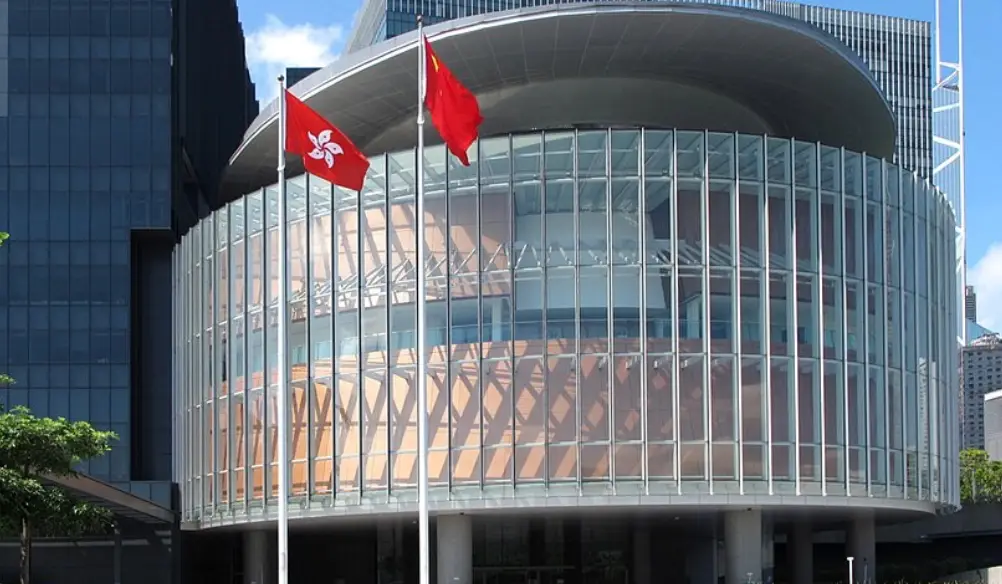Hong Kong Unveils Major Surveillance Expansion Plan
Hong Kong has revealed its intentions to deploy tens of thousands of AI-driven surveillance cameras throughout the city in the years ahead. The initiative seeks to enhance security infrastructure, bringing the city’s surveillance capabilities in line with the technological advancements observed throughout mainland China.
Officials have verified that close to 4,000 CCTV cameras have been installed as part of a continuing initiative aimed at combating crime in important public areas. By 2028, this network is set to expand significantly to 60,000 cameras, representing one of the most substantial surveillance growths in Hong Kong’s history.

Source: Jurist News
Innovative AI Technology Drives Enhanced Surveillance Features
Hong Kong’s security chief, Chris Tang, has announced that the surveillance system will incorporate cutting-edge artificial intelligence for real-time monitoring. The advanced technology will assess crowds, identify vehicle license plates, and ultimately implement facial recognition to efficiently monitor individual suspects.
Tang emphasized that the adoption of these technologies is essential for enhancing public security, although officials are currently assessing the technical and resource needs. The absence of an official rollout timeline does not obscure the clear strategic direction indicated by the statement, which points toward the integration of AI in law enforcement capabilities.
Government Cites Crime Prevention and National Security
Officials contend that the expansion of AI surveillance bolsters national security objectives and greatly enhances the city’s ability to prevent crime. The SmartView program, which was introduced last year, has successfully resolved more than 400 cases and resulted in 787 arrests, as reported by the police.
Officials are confident that enhanced surveillance measures will discourage criminal behavior and aid law enforcement in promptly recognizing and addressing incidents. They highlight that AI monitoring will improve situational awareness, facilitating the detection of potential threats in crowded environments.
Recommended Article: AI Revolutionizes Environmental Research and Public Health
Facial Recognition Rollout Expected By End Of Year
Local media reports indicate that real-time facial recognition technology may be operational by the end of this year. According to the South China Morning Post, authorities are set to launch pilot programs utilizing AI facial recognition technology in specific districts in the near future.
This move would bring Hong Kong into closer alignment with China’s surveillance framework, where the use of biometric monitoring has been on the rise. Nonetheless, the swift timeline prompts inquiries regarding transparency, oversight, and the adequacy of existing legal safeguards.
Key Insights from the Global Landscape: Increasing Worries About Privacy
Facial recognition systems akin to these have been rolled out in Britain, igniting intense discussions surrounding privacy, ethics, and the potential for government overreach. Some critics contend that these technologies provide authorities with extraordinary powers, facilitating widespread surveillance and intrusive monitoring without adequate safeguards.
The Artificial Intelligence Act of the European Union, which was adopted last year, restricts real-time biometric identification in the majority of public areas for law enforcement purposes. This worldwide regulatory disparity highlights the increasing gap between jurisdictions focused on extensive surveillance and those that emphasize the importance of privacy safeguards.
Examination of Local Oversight and Regulatory Framework
The privacy watchdog in Hong Kong has refrained from confirming its involvement in the discussions surrounding the expansion of surveillance, which has led to growing concerns about transparency among observers. Professionals contend that law enforcement bodies are presently functioning without definitive legal frameworks that regulate AI surveillance technologies in the city.
Eric Lai, a senior fellow at Georgetown Center for Asian Law, cautioned that the existing oversight mechanisms are inadequate to avert possible abuses. He pointed out deficiencies in procurement transparency, human rights due diligence, and the need for independent review processes within current regulatory frameworks.
Balancing Security Priorities With Human Rights Protections
The proposed expansion of surveillance highlights the conflict among technological advancements, the goals of public safety, and the essential safeguarding of civil liberties. As officials highlight the importance of national security and crime prevention, organizations within civil society raise concerns regarding the potential for unchecked surveillance powers lacking adequate protections.
Experts assert that creating clear governance frameworks and independent oversight systems will be essential as AI technologies continue to expand their presence. The way Hong Kong navigates these issues will determine the city’s path between increased security measures and the safeguarding of privacy rights.















